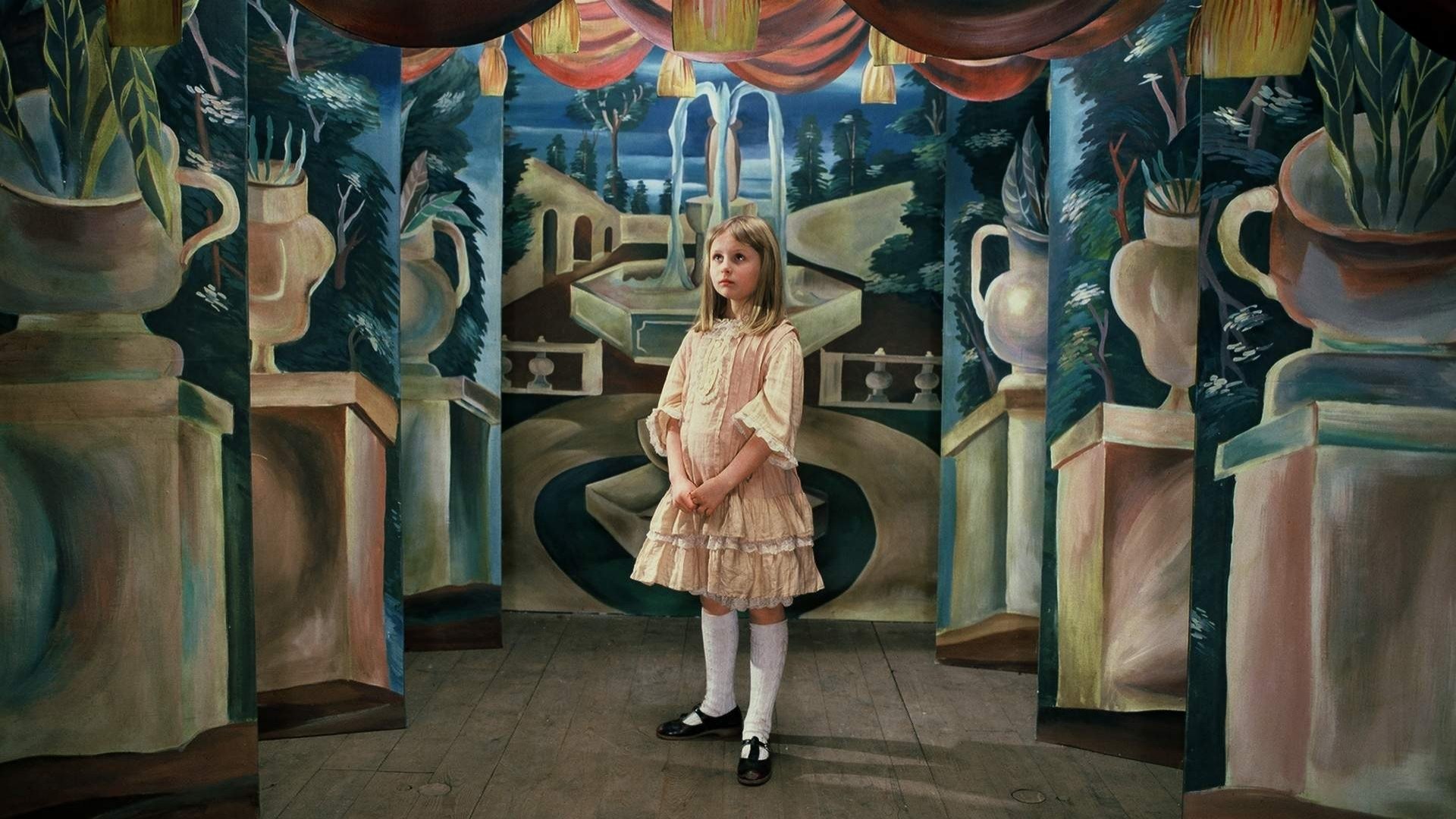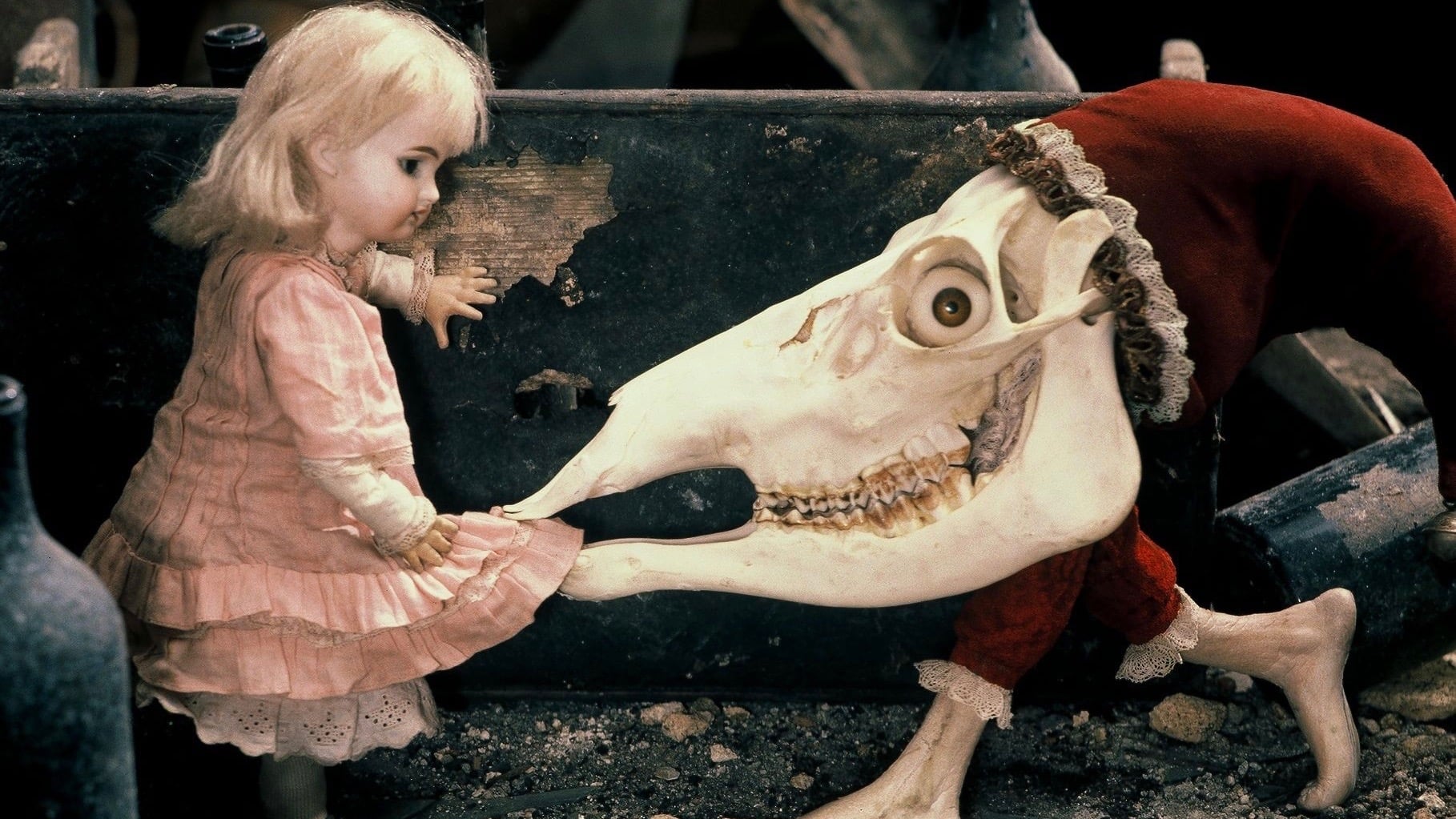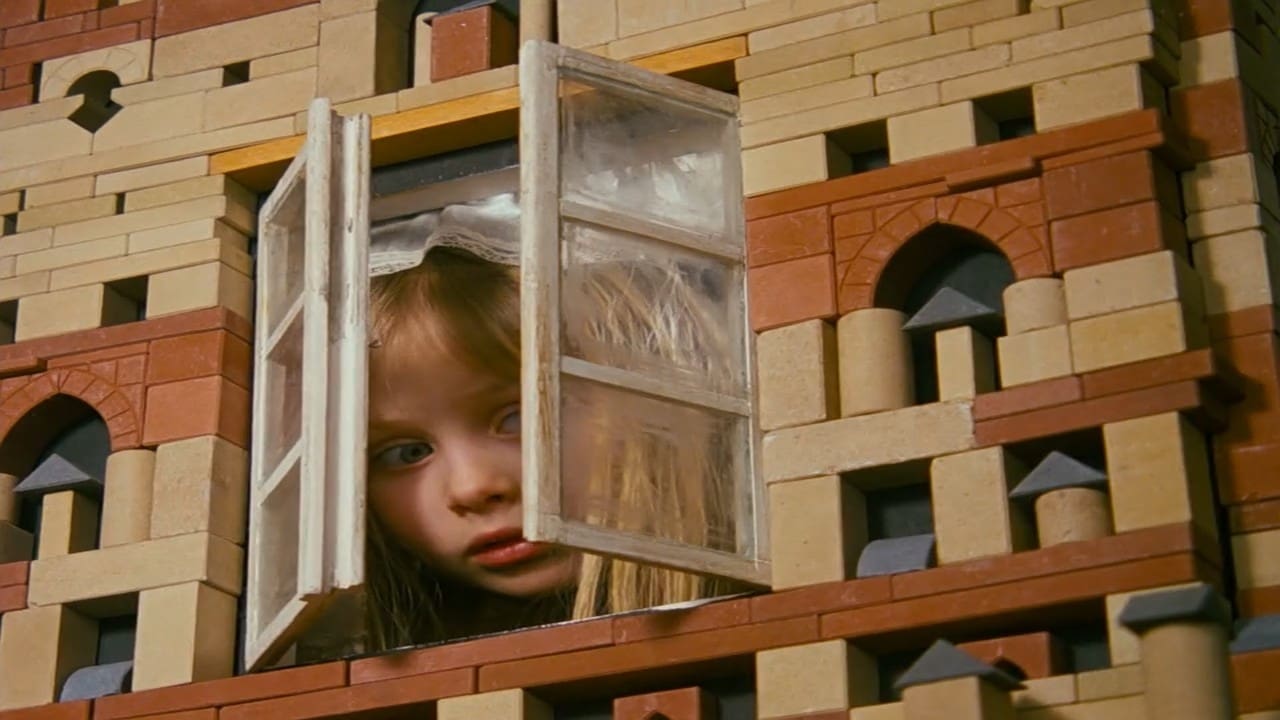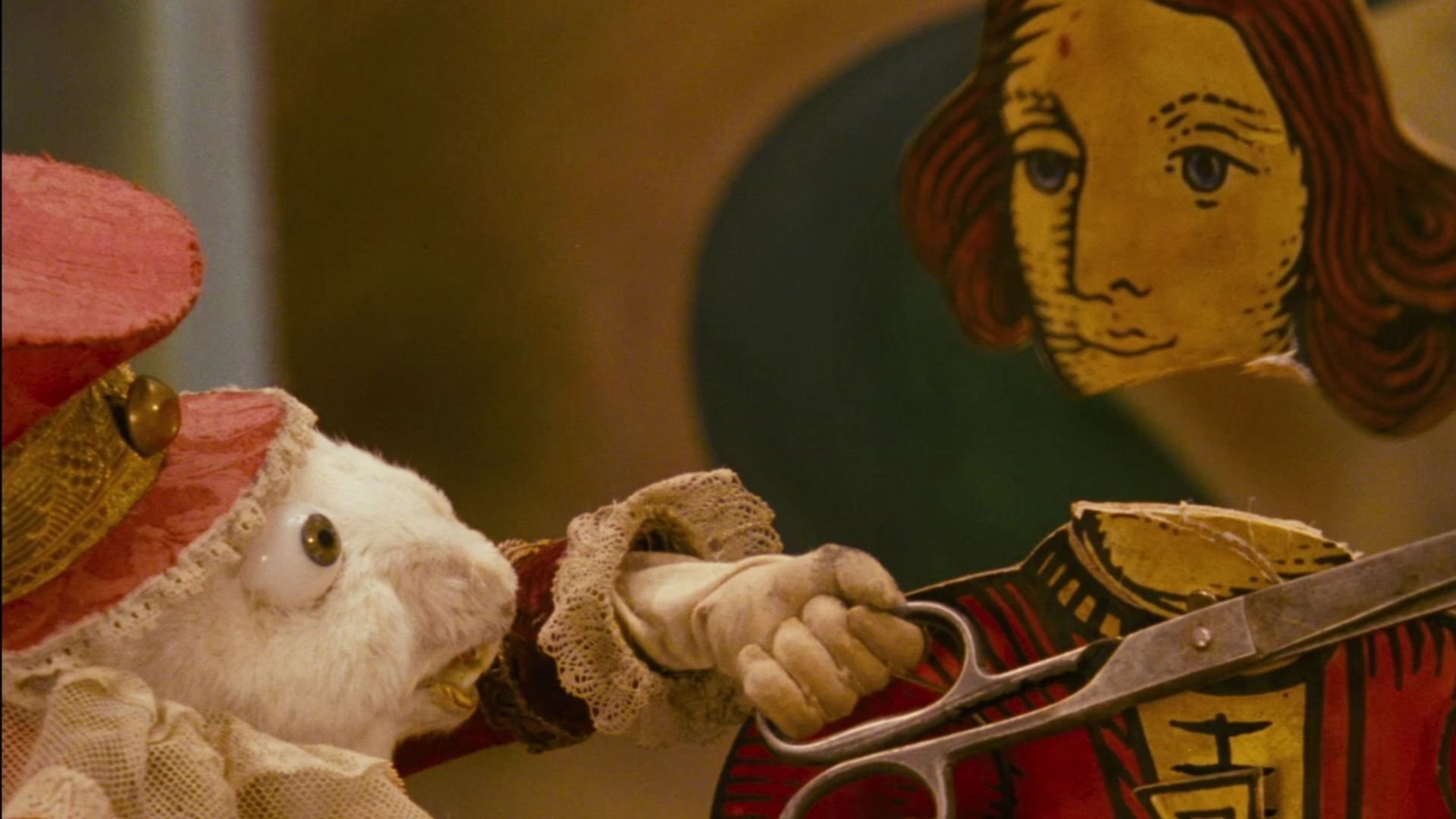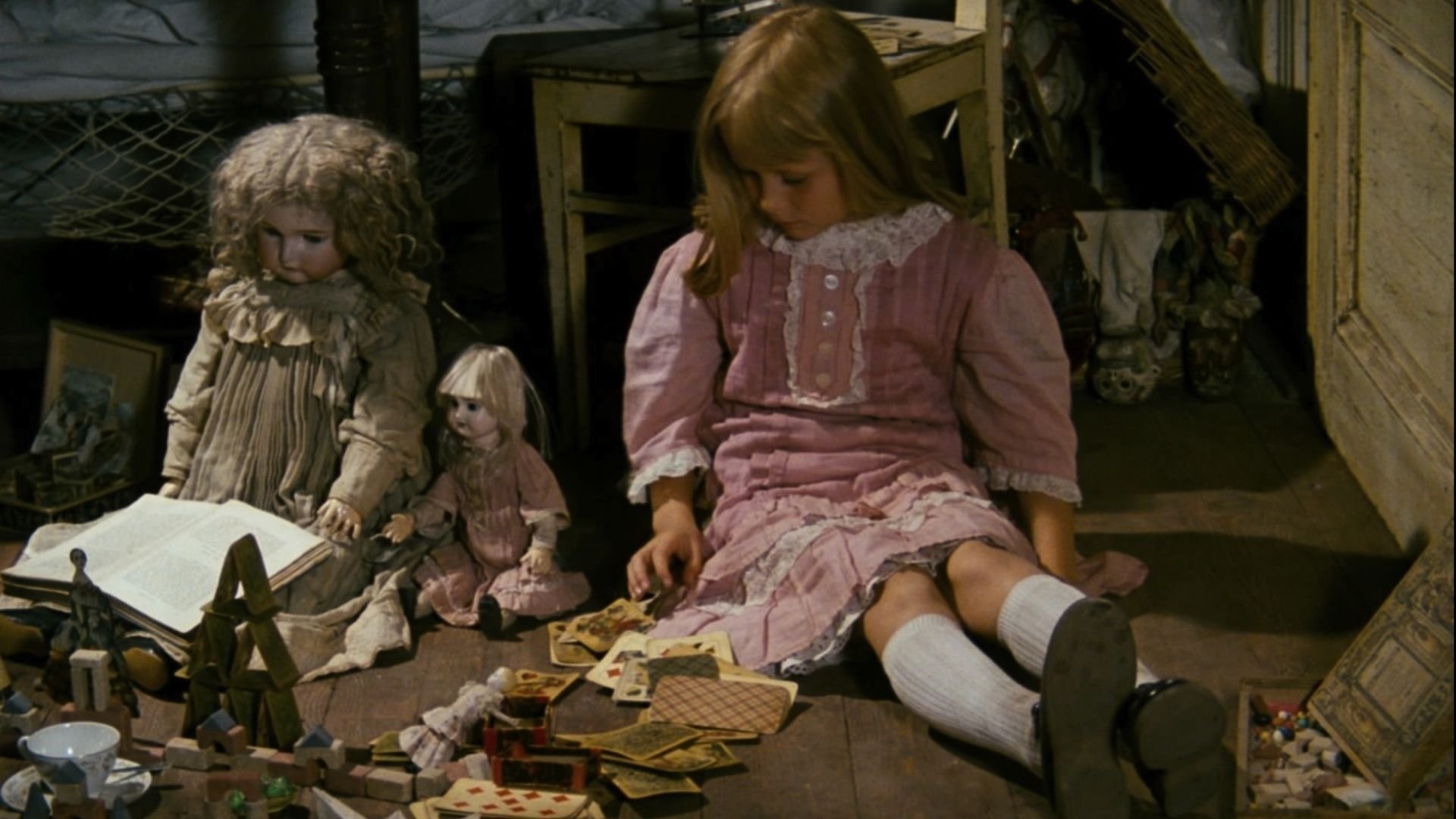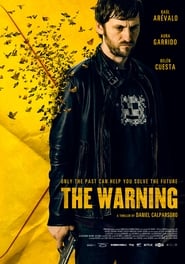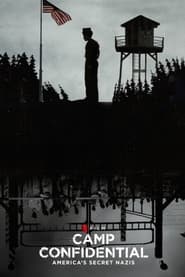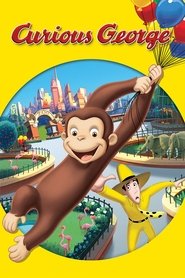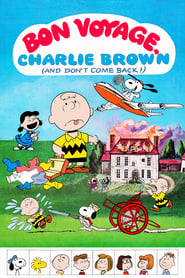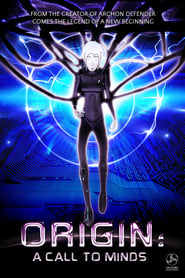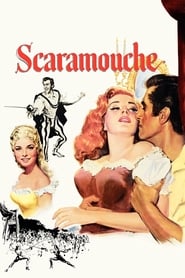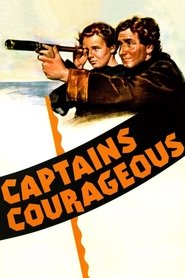
Video Sources 0 Views

Synopsis
Watch: Něco z Alenky 1988 123movies, Full Movie Online – A memorably bizarre screen version of Lewis Carroll’s novel ‘Alice’s Adventures in Wonderland’, mixing one live actor (Alice) with a large variety of stop-motion animated creatures, ranging from the complex (the White Rabbit) to the incredibly simple (the Caterpillar, consisting of a sock, a couple of glass eyes and a pair of false teeth). The original story is followed reasonably faithfully, though those familiar with this director’s other films won’t be the least bit surprised by the numerous digressions into Svankmajer territory, living slabs of meat and all. As the opening narration says, it’s a film made for children… perhaps?.
Plot: A quiet young English girl named Alice finds herself in an alternate version of her own reality after chasing a white rabbit. She becomes surrounded by living inanimate objects and stuffed dead animals, and must find a way out of this nightmare- no matter how twisted or odd that way must be. A memorably bizarre screen version of Lewis Carroll’s novel ‘Alice’s Adventures in Wonderland’.
Smart Tags: #stop_motion_animation #anthropomorphic_animal #alice_character #wonderland #queen #monster #arthouse_horror #alice_in_wonderland #rabbit #parallel_worlds #name_in_title #child_protagonist #trap #absurdism #female_protagonist #very_little_dialogue #elevator #mushroom #knee_socks #pricking_finger #little_girl
Find Alternative – Něco z Alenky 1988, Streaming Links:
123movies | FMmovies | Putlocker | GoMovies | SolarMovie | Soap2day
Ratings:
Reviews:
Terrifying nightmare explores the reverse of the classic Alice story
This film mixes the live action of just one actress – Alice – with a ghoulish array of stop-motion animated characters and objects. Whereas Lewis Carroll’s original “Alice in Wonderland” story is a celebration of childhood innocence, fantasy, and magical belief, Svankmajer’s “Alice” tells the reverse – the loss of childhood innocence through the pain of coming to terms with a less-than magical world. Inspired by the original tale, Svankmajer uses Carroll’s idea of a childishly implausible and wild dream to symbolise an escape from a tormented childhood, rather than a daydreaming fantasy in the sun.With very little dialogue at all, Alice’s job as an actress is restricted entirely to responding appropriately to the puppets – which involves no more than recoiling or widening her eyes. This takes nothing away from the film, however; Alice’s muteness is a reflection of the classic “children should be seen and not heard” oppressive school of parenting. Indeed, Alice is seen throughout the film to, despite the hellish surroundings, still wipe her feet on doormats, remove her shoes before entering rooms, and do as she is told. She has been brought up through a harsh discipline that keeps her mute, polite, under control and unquestioning – indeed the very first scene of the film shows her older sister wordlessly slap her for being curious as to the contents of a book. This oppressive discipline is part of what makes up Alice’s dismal reality, and hence is part of what she is both trying to escape and rebel from by dreaming.
The sad result is that even Alice’s dreams are tormented. Children can only dream about the things presented to them in reality. In the first scenes of the film, the camera pans across Alice’s room and displays all the junk carelessly surrounding her – a keen viewer will notice that these are the very same objects that Svankmajer later animates inside Alice’s dream. It is precisely because Alice’s real world is so abysmal that her dream reflects it. Her house seems devoid of life – we never see any parents, and the sister is still out by the riverside – and the house itself is claustrophobic, dark and utterly unfit for human habitation. The ornaments are stuffed bugs, the only visible food is being pickled in tightly clasped jars, and every single surface is smothered in brown grime. The lack of any other life in the house and the lack of any form of homely care, all depict a tragedy of childhood neglect – Svankmajer blames the nightmare entirely on the parents.
Within her dream, Alice suddenly finds that her room expands outwards into an endless muddy plain. This expanse, a dream of freedom, is tragically desolate and uninviting. Nevertheless, she follows one of her now-animated “toys” (the white rabbit) out into the field. Over the course of the film she will meet with a sailing rat, a truly insane depiction of the Mad Hatter and March Hare, and the murderous Queen of Hearts. But ultimately these are only the dream-animated versions of toys Alice detests. The truly sinister characters in her dream are those that come directly from her house, her life. The pickled jars of food turn out to be mixed with drawing pins, the “Drink Me” and “Eat Me” potions and cakes are bottles of ink and nondescript tarts, a mousetrap spells the demise of the sailing rat; when left on her own in a room, its contents attack her – slabs of meat slither around, bread turns to a porcupine of nails, food cans turn out to contain the stuffed beetles used as ornaments in her house (now living).
It is in this scene that Alice first starts to experience some symbolic victory. Throughout the film we see Alice begin to show more curiosity, begin to learn, begin to rebel against what she is told to do, and begin – most importantly – to come to terms with her surroundings. She is ultimately locked away in a dark room – the culmination of all the negative forces around her – trapped inside a doll of herself. Nothing could be more symbolic of the repressive upbringing that has spawned this twisted dream. She has realised that she’s been made into a doll – inhuman. It is with this realisation that Alice achieves her first rebellion, tearing her way out of the doll and – through unhindered curiosity – discovers the key to leave the room by.
We are constantly reminded that the dream is a learning process for Alice. Every single time there is dialogue within the film, we immediately see Alice’s lips say the words “…the March Hare said”, or “…Alice thought to herself”. These metatextual scenes suggest Alice is fully aware that this is all a story of her own imaginings. At bare minimum, it suggests that Alice has a level of awareness that oversees the story as a whole – she is looking upon these events with some purpose.
Alice wakes from her dream a changed person. She has grown up the hard way – her last vain attempt at a childish fantasy built from her sordid life has led her to come to terms with how reality really is. She has learnt that we cannot be mute and polite little girls – the world will attack us, and we must defend ourselves. It’s a sorry world-view she ends up with, but one necessary for her to be able to live in the neglected environment she’s been brought up in. Thus the film ends with her own decision and dialogue – “the rabbit is late again” – she snaps a pair of scissors – “perhaps I’ll cut his head off”.
Svankmajer’s “Alice” is a masterpiece of stop-motion animation. Puppets come terrifyingly to life, and the surreal dream Alice undergoes is an intensely striking barrage of disturbing images. It is no film for children.
Review By: Aquillyne
Other Information:
Original Title Něco z Alenky
Release Date 1988-08-03
Release Year 1988
Original Language cs
Runtime 1 hr 26 min (86 min)
Budget 0
Revenue 0
Status Released
Rated Not Rated
Genre Animation, Adventure, Fantasy
Director Jan Svankmajer
Writer Lewis Carroll, Jan Svankmajer
Actors Kristýna Kohoutová, Camilla Power
Country Czechoslovakia, Switzerland, United Kingdom, West Germany
Awards 1 win & 1 nomination
Production Company N/A
Website N/A
Technical Information:
Sound Mix Mono
Aspect Ratio 1.37 : 1
Camera N/A
Laboratory N/A
Film Length N/A
Negative Format 35 mm
Cinematographic Process N/A
Printed Film Format 35 mm
Original title Něco z Alenky
TMDb Rating 7.418 261 votes


